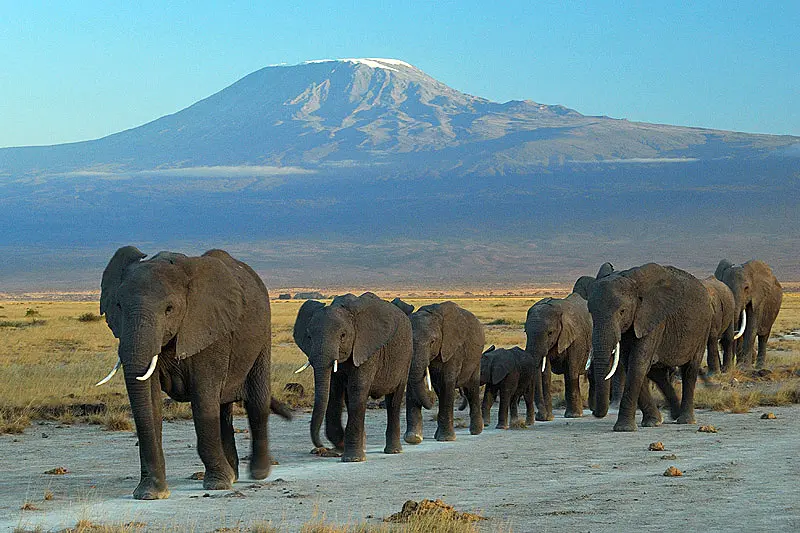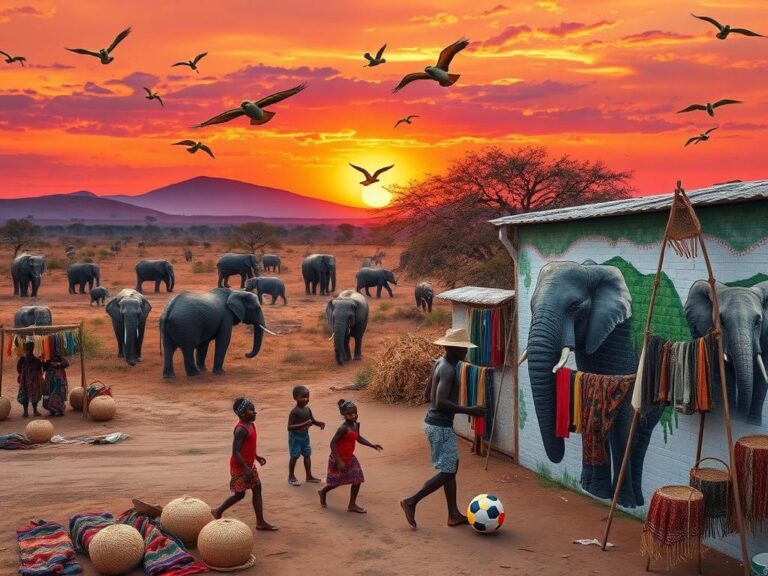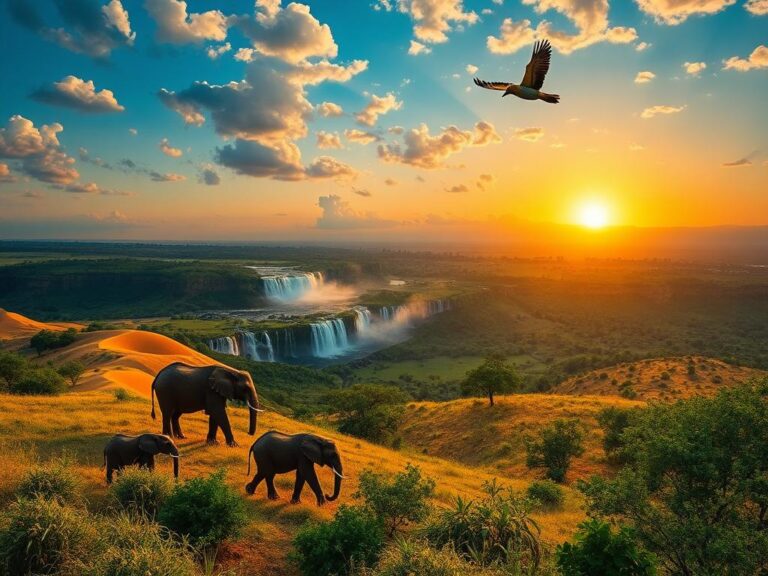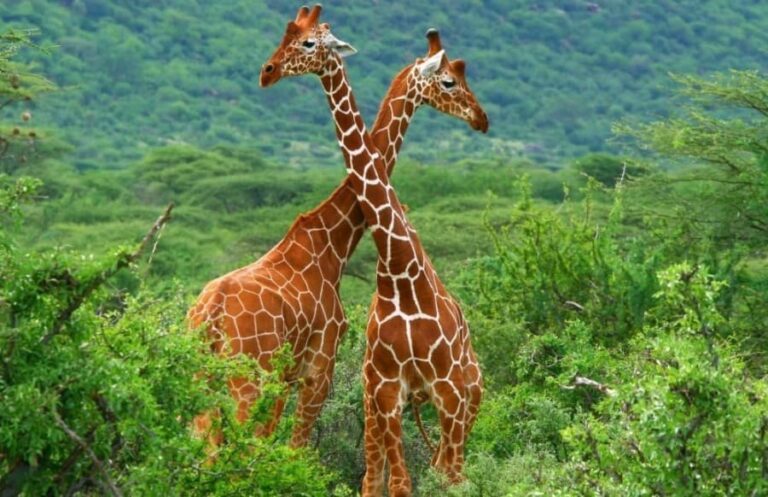
Embark on a Memorable Adventure: Experience a Kenya and Tanzania Combined Safari
Kenya and Tanzania combined safari experiences offer an unparalleled journey through two of Africa’s most iconic nations.
With breathtaking landscapes, incredible wildlife, and rich cultural encounters, this safari promises an unforgettable adventure.
When you think of Africa, images of vast savannahs, roaring lions, and vibrant cultures come to mind.
A combined safari in Kenya and Tanzania delivers all of this and more, providing travelers the opportunity to explore both countries’ natural wonders and immerse themselves in local cultures.
In this comprehensive guide, we will delve into the thrilling aspects of a Kenya and Tanzania combined safari, exploring the best experiences, local communities, and awe-inspiring landscapes.
Why Choose a Combined Safari to Kenya and Tanzania?
A combined safari through Kenya and Tanzania allows travelers to witness spectacular wildlife sightings, expansive national parks, and pristine landscapes.
Moreover, both of these countries are home to some of the greatest wildlife spectacles on Earth, notably the Great Migration.
This seasonal event is marked by millions of wildebeest and zebra crossing plains and rivers in search of fresh grazing grounds.
In Kenya, the Maasai Mara is renowned for stunning scenic beauty and unmatched wildlife sightings, while Tanzania boasts the Serengeti, rich in biodiversity.
Additionally, both nations offer a glimpse into the traditional culture of African tribes such as the Maasai.
Engaging with the local communities significantly enhances the safari experience, as visitors learn about age-old customs, local traditions, and vibrant art.
A combination of Kenya and Tanzania provides access to spectacular landscapes, from the snowy peaks of Kilimanjaro to lush green highlands.
Ultimately, the diverse experiences will leave travelers amazed and filled with unforgettable memories.
What to Expect on a Safari Adventure
Going on a combined safari adventure can feel overwhelming, especially with so many options available.
Expect to traverse through stunning national parks, each with distinct landscapes and wildlife experiences.
You will have the opportunity to encounter Africa’s Big Five: lions, elephants, buffalo, leopards, and rhinos.
Guided game drives enhanced with knowledgeable local guides ensure viewers witness majestic animals in their natural habitats.
Night game drives offer different perspectives and unusual animals that aren’t typically seen during the day.
Your safari journey can include diverse activities, such as hot air balloon rides over the Serengeti or relaxed afternoons spent watching wildlife gather near watering holes.
Photography enthusiasts will appreciate the golden lighting during sunsets over the plains, resulting in breathtaking images.
Sharing exciting adventures with fellow safari-goers creates budding friendships fueled by shared love for adventure and wildlife.
Top National Parks to Explore
Kenya and Tanzania are home to many national parks, but some stand out as particularly exceptional for safari experiences.
In Kenya, Maasai Mara National Reserve is famous for its vibrant ecosystem and spectacular wildlife.
Visiting during the Great Migration season allows you to witness dramatic river crossings, as massive herds move between the Serengeti and Maasai Mara.
On the other hand, Tanzania’s Serengeti National Park is vast and iconic, known for its annual migration and concentration of wildlife.
Coupled with Ngorongoro Crater, a UNESCO World Heritage Site, these parks contain some of the world’s most pristine habitats and exceptional biodiversity.
Home to both wildlife and the beautiful landscapes of Africa, these national parks provide visitors a true adventure of a lifetime.
Experiencing the Great Migration
The Great Migration is undoubtedly the highlight of a combined Kenya and Tanzania safari, captivating travelers with its sheer scale and drama.
Over two million wildebeests, accompanied by thousands of zebras and gazelles, traverse the savannas in search of fresh grass and water.
Each year, the migration begins in Tanzania’s Serengeti between January and March, culminating in the Maasai Mara around July and August, with river crossings typically occurring during this time.
Traveling during this period gives guests a chance to witness these great natural events.
Timely safari planning enhances the chances of experiencing thrilling river crossings, as herds traverse the dangerous waters filled with hungry crocodiles.
Visitors can feel the thrill and heartbreak of survival as they play their part in witnessing this ancient ritual.
Cultural Encounters with the Maasai People
A Kenya and Tanzania combined safari would be incomplete without an authentic encounter with the Maasai people, one of Africa’s most iconic tribes.
Their distinctive customs, vibrant clothing, and deep connection with the land create an enriching cultural experience.
Arrange visits to Maasai villages where guests can learn about their traditions, crafts, and daily lives, including herding livestock and preparing traditional meals.
Cultural immersion can enhance your safari adventure.
Afternoon gatherings often feature traditional dances and songs, showcasing their rich cultural heritage.
Engaging with the Maasai not only leaves beautiful memories but also supports local communities and conservation efforts.
Planning Tips for Your Safari Adventure
Planning a successful safari adventure can be exciting but requires some thoughtful preparation.
Consider these tips to ensure a smooth and enjoyable experience:
- Choose the Right Season: The great migration and other factors impact wildlife visibility.
- Camp Accommodation: Select between luxury lodges or tented camps, based on your preference.
- Pack Essentials: Bring binoculars, cameras, and proper clothing (neutral colors) for wildlife viewing.
- Health Considerations: Consult with a healthcare provider regarding vaccinations and medications.
- Engage Experienced Guides: Knowledgeable guides make an incredible difference in your experience.
By carefully considering these planning tips, you set yourself up for a beautiful adventure filled with unforgettable moments and wildlife interactions.
Capturing Memories: Wildlife Photography Tips
Wildlife photography adds life to your safari adventure, helping you document your experiences.
Whether a seasoned photographer or a novice, it pays to follow a few essential tips to capture stunning photographs:
- Use a Telephoto Lens: For clear close-ups of distant wildlife, a quality zoom lens is invaluable.
- Practice Patience: Wildlife doesn’t perform on cue; patience is key to capturing candid moments.
- Stay Low: Getting on a lower level can create more dynamic shots, bringing depth to your images.
- Golden Hour Is Best: The early morning or late afternoon light creates beautiful conditions for photography.
- Respect Wildlife: Always maintain a safe distance and avoid disturbing animals during photography.
With these tips in mind, you can capture the beauty and essence of your safari experience, filling your camera with stunning shots that you’ll cherish.
Wrap Up – The Ultimate Safari Experience
For adventure seekers and wildlife enthusiasts, embarking on a combined safari through Kenya and Tanzania becomes an adventure of a lifetime.
From witnessing the Great Migration to immersing yourself in Maasai culture, a combined safari surely leaves lasting memories.
The stunning landscapes, rich wildlife experiences, and cultural interactions make this safari combination irresistibly appealing.
As you plan your safari, ensure you outline your preferences, engage with knowledgeable guides, and embrace the beauty this safari has to offer.
Ultimately, you’ll find yourself leaving with not just photographs but with stories that will last a lifetime.
FAQs About Kenya and Tanzania Combined Safari
1. When is the best time to go on a Kenya and Tanzania combined safari?
The best time to go for a combined safari trip is during the dry season, from June to October, as it aligns with the Great Migration.
During this period, wildlife viewing becomes optimal, and animals are more likely to be visible around water sources.
2. Do I need any vaccinations for a safari in Kenya and Tanzania?
Yes, it’s advisable to consult a travel physician regarding vaccinations for yellow fever, typhoid, and hepatitis A and B.
Malaria precautions through medications are also suggested before entering the region.
3. What should I wear on a safari in Kenya and Tanzania?
Wear lightweight, breathable clothing in neutral colors like khaki, brown, and green to blend into the environment.
A wide-brimmed hat, sunglasses, and sturdy shoes are also important for protection from the sun.
4. Can I go on safari with children?
Absolutely! Many safari lodges and tours welcome families with children, offering fun and educational experiences for all ages.
Some family-friendly accommodations are specifically designed with children in mind.
5. What is the best way to get around while on safari?
The most popular way to explore national parks in Kenya and Tanzania is through guided game drives in specially designed 4×4 vehicles.
Private or shared safari options are available, allowing flexibility in your travel plans.
Are you ready to embark on a thrilling journey through the wilds of Africa?
Feel free to share your thoughts, experiences, or questions in the comments section below!


